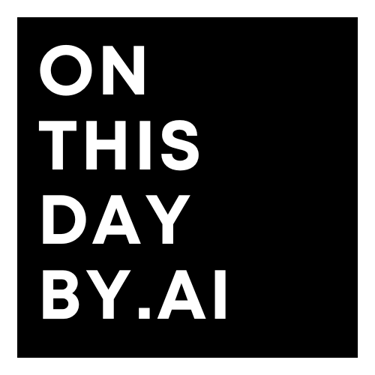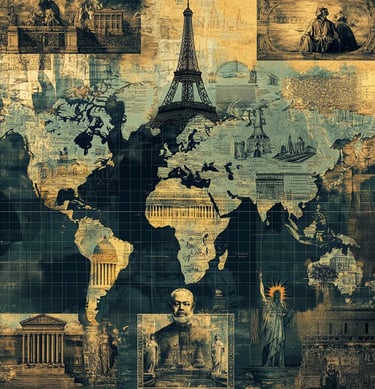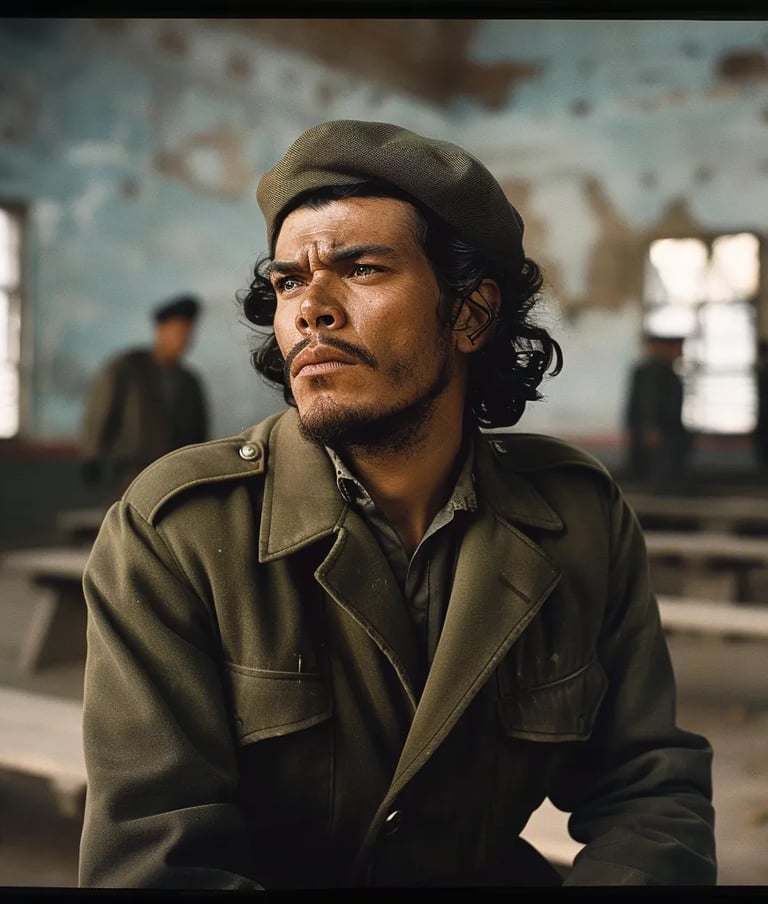Norse explorer Leif Erikson is believed to have landed in North America, specifically in a region he called Vinland. This journey marked one of the earliest known European explorations of the continent, nearly 500 years before Columbus. Erikson’s voyage is celebrated in various countries, including the United States, where October 9th is recognized as Leif Erikson Day, commemorating his significant role in transatlantic exploration and early contact with the Americas.
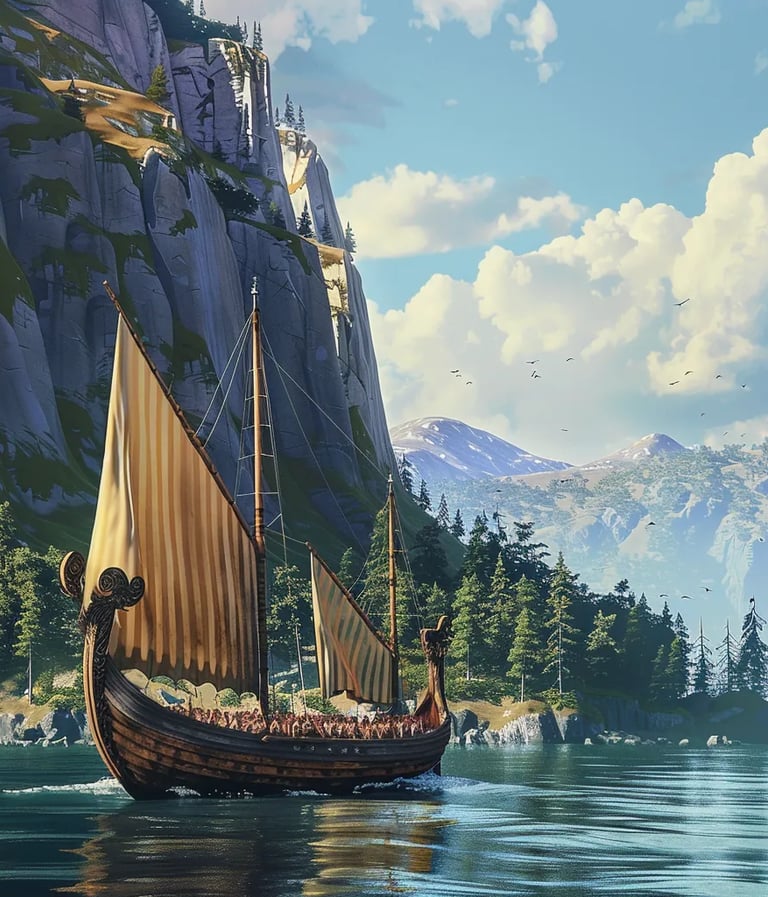

1000 – Leif Erikson's Voyage to Vinland
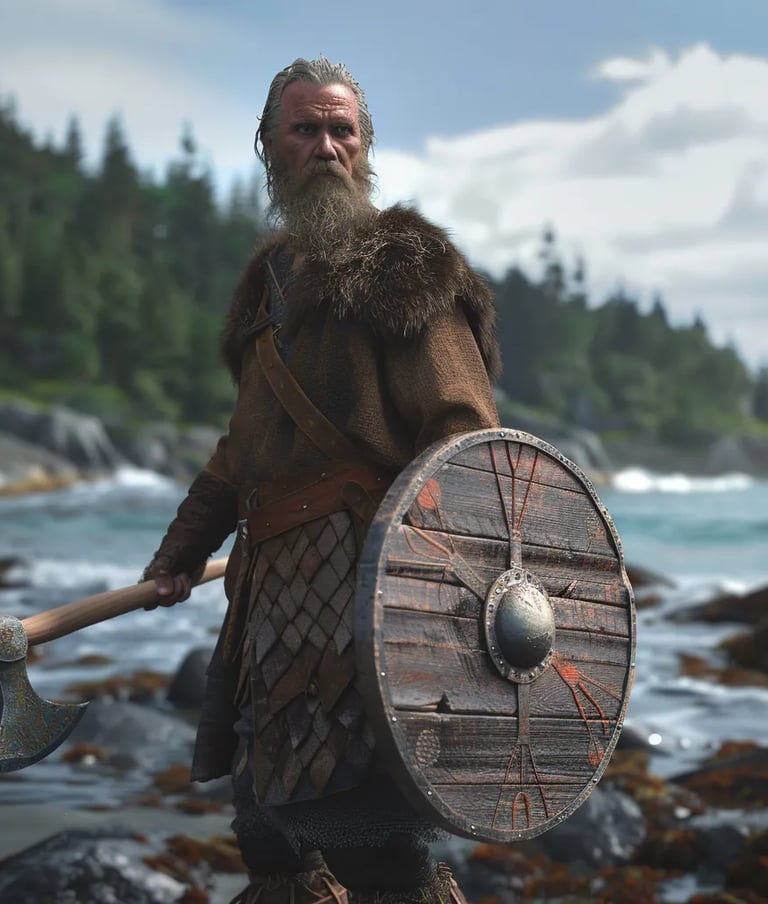

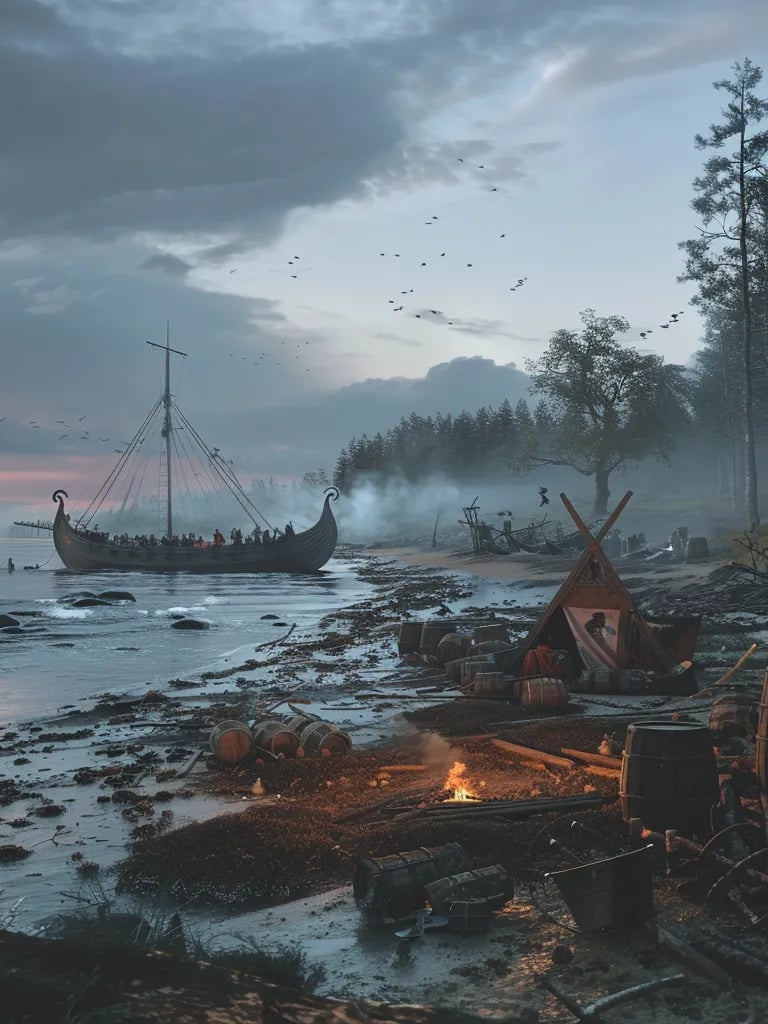

King Sejong the Great of Korea introduced Hangul, a phonetic writing system that replaced complex Chinese characters. Designed to improve literacy, it made reading and writing more accessible to the common people. Hangul’s creation fostered cultural and intellectual development in Korea. Celebrated annually on October 9th, Hangul Day honors this revolutionary achievement that transformed Korean society and language, promoting equality and national identity through widespread literacy.
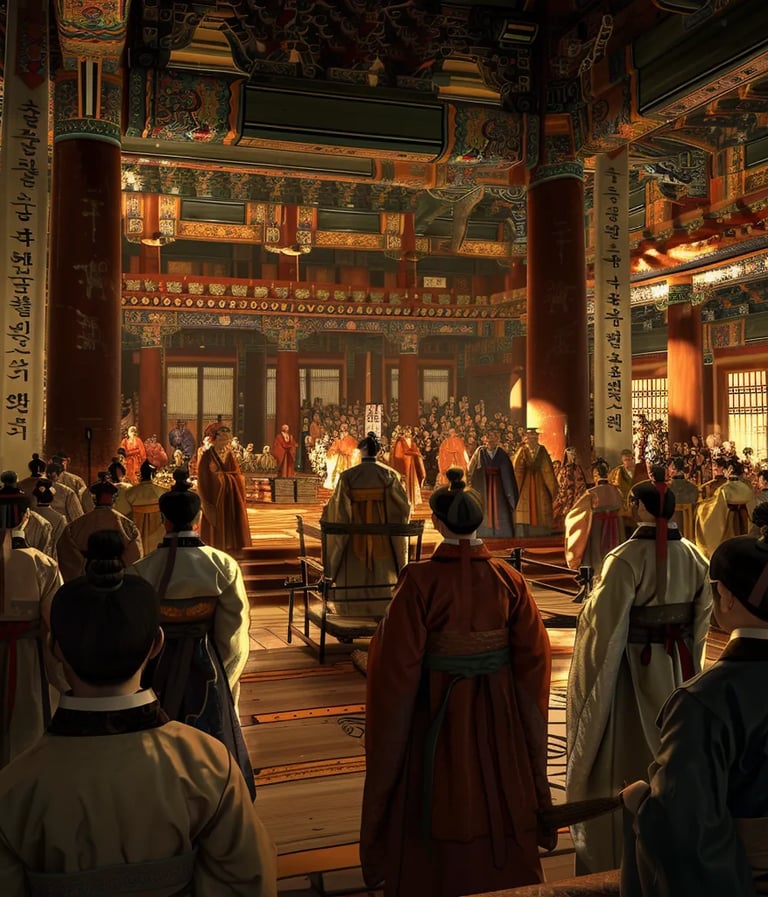

1446 – Creation of Hangul


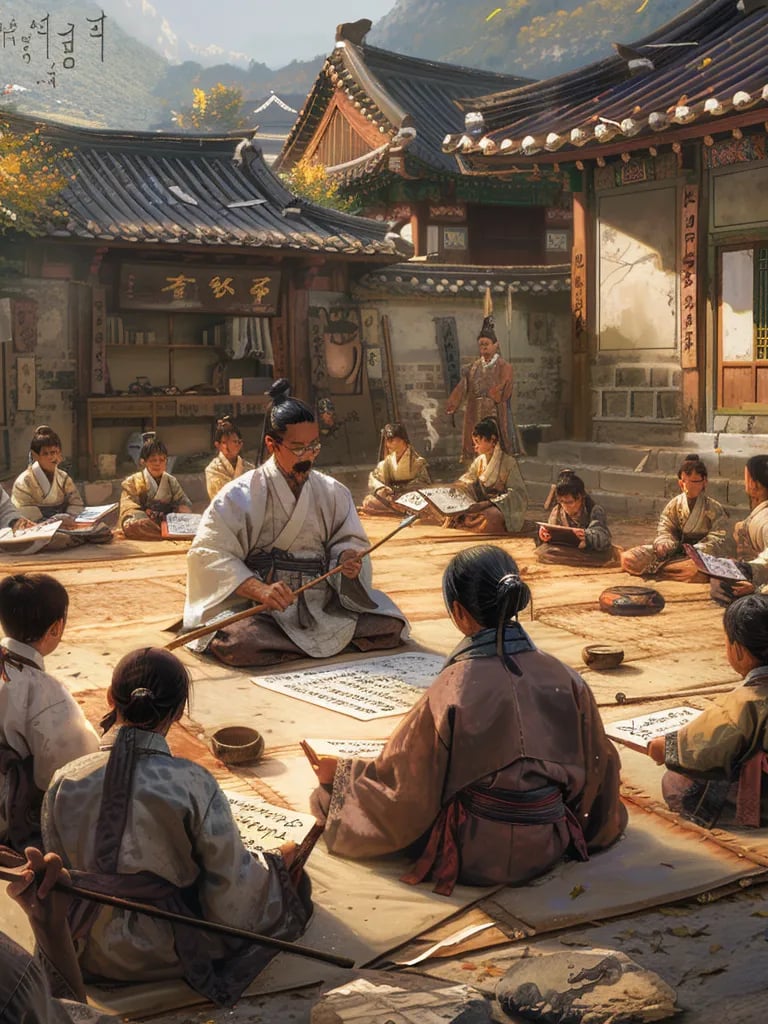

Founded in Saybrook, Connecticut, as the Collegiate School by ten Congregationalist ministers, Yale aimed to train young leaders. Later renamed after benefactor Elihu Yale, the university moved to New Haven, evolving into one of the world's leading academic institutions. Yale has significantly influenced education, research, and culture in the United States and worldwide, maintaining a legacy of excellence in higher education for over three centuries.
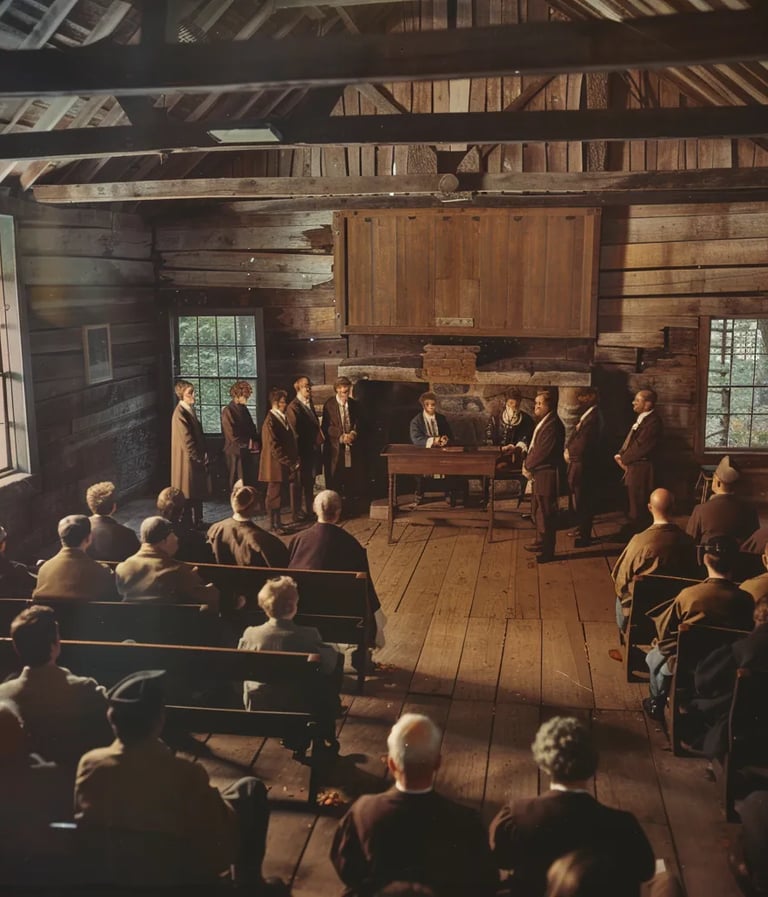

1701 – Establishment of Yale University


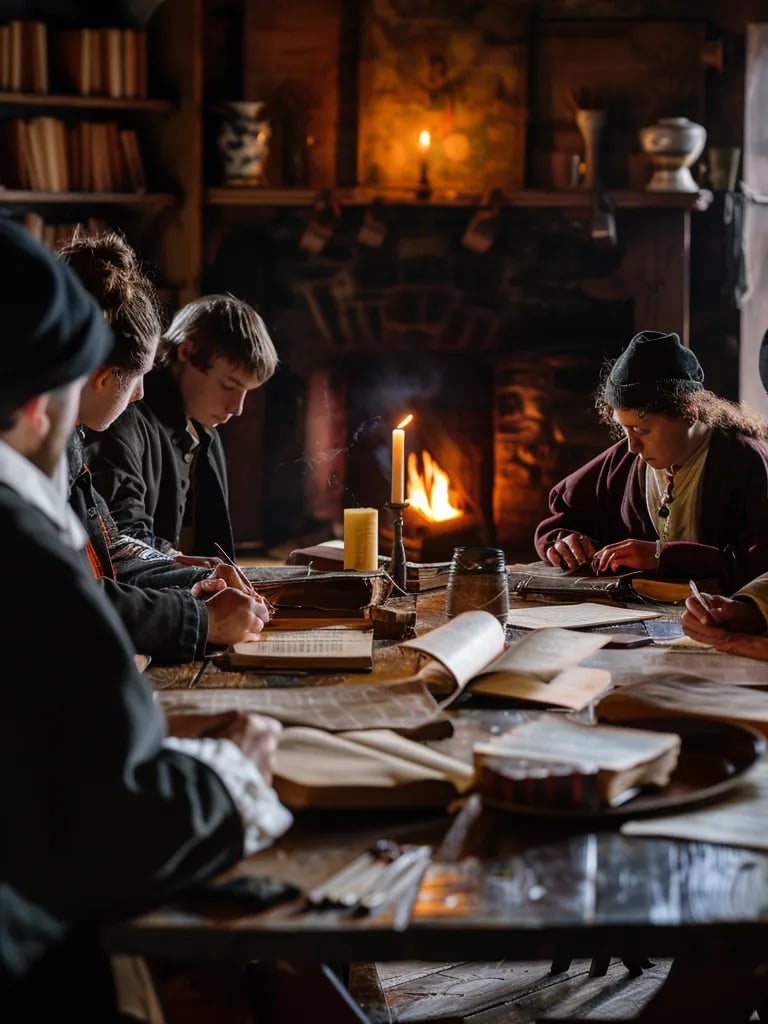

The Washington Monument, a tribute to the first U.S. president, officially opened in Washington, D.C. At the time, it was the tallest structure in the world and symbolized the nation’s enduring respect for George Washington’s leadership. Today, the iconic monument continues to attract millions of visitors annually, serving as a landmark of American history and pride, reflecting the nation’s commitment to honoring its foundational legacy.
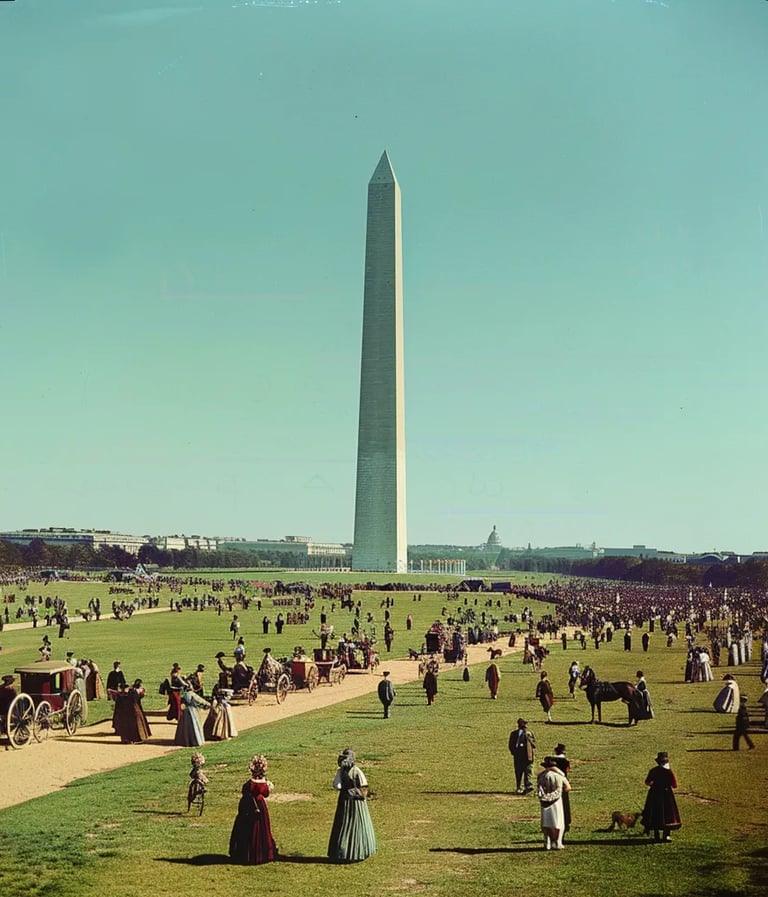

1888 – Washington Monument Opens to the Public
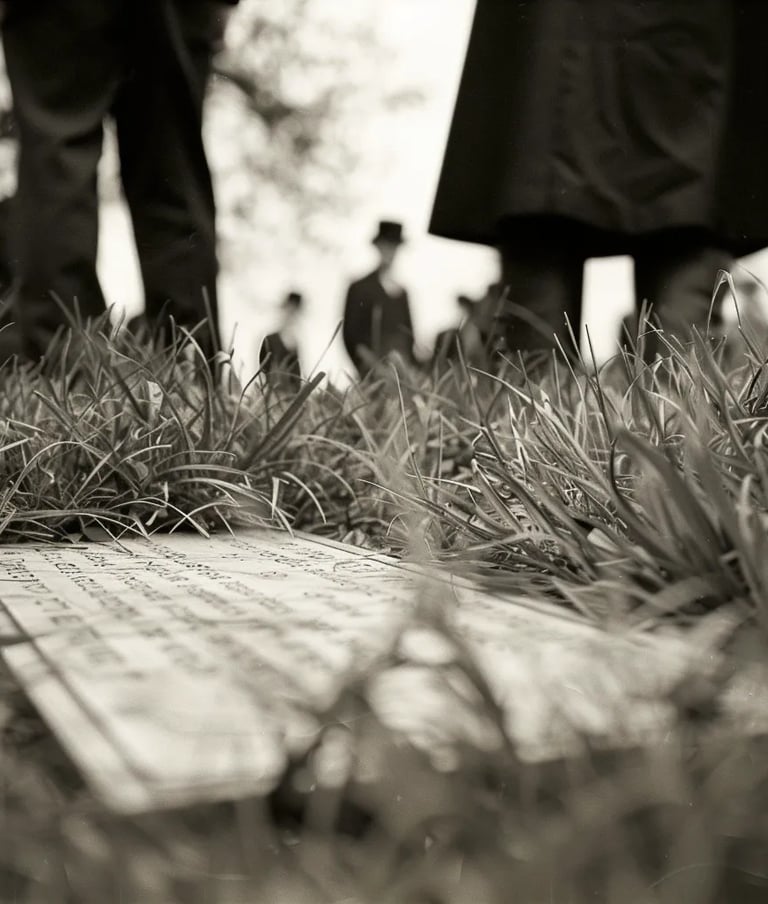

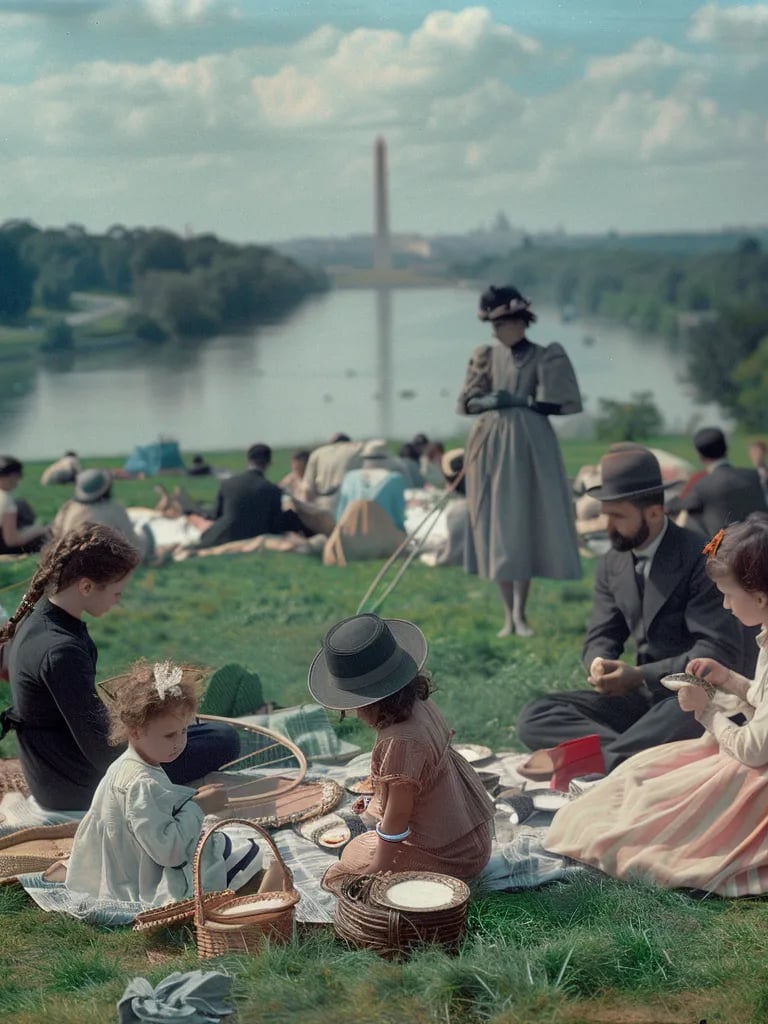

Che Guevara, a Marxist revolutionary leader, was executed by the Bolivian army a day after his capture in the Bolivian jungle. His death marked the end of his efforts to spark revolutions across Latin America. Over time, Guevara became an enduring global symbol of rebellion, anti-imperialism, and revolutionary ideals, inspiring political movements and protests worldwide. His legacy remains both influential and controversial.


